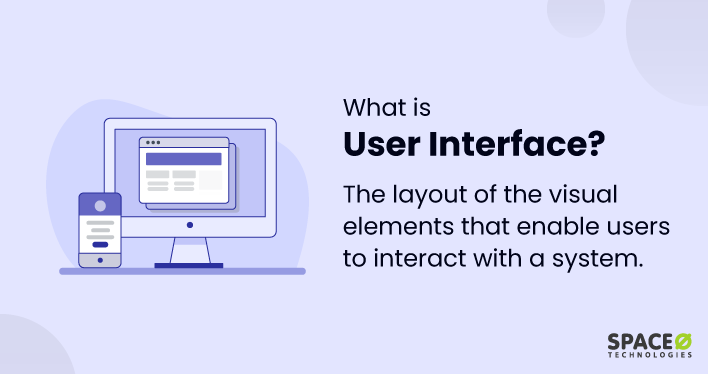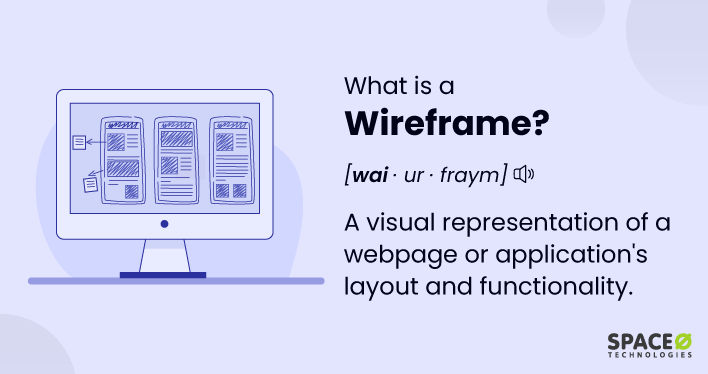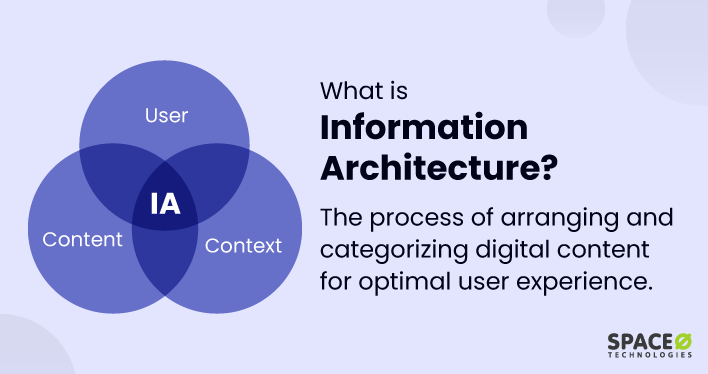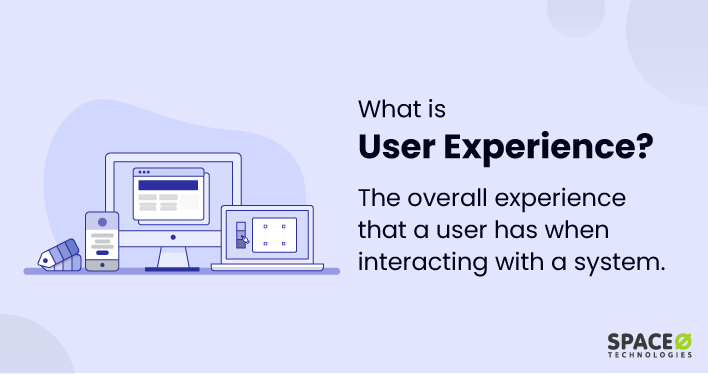Table of Contents
What is User Interface?
A user interface (UI) refers to the visual and interactive elements of a software or website that enables users to interact with it, such as buttons and menus. It is the point of communication between the end user and the technology, and it encompasses all aspects of the design, layout, and functionality of a system’s interface.
For instance, the interface of a social media app like Instagram includes various UI elements like the news feed, user profile, settings, and messaging. Each of these elements has its own UI design and functionality. All elements work together to provide a seamless and enjoyable user experience.
Let’s understand what the types of user interfaces are.
4 Core Types of User Interfaces
Here are the 4 different types of UIs, including:
- Graphical User Interface (GUI): A graphical user interface (GUI) uses graphics, icons, and menus to represent and interact with objects on a screen, enabling user input through visual elements such as buttons, sliders, text fields, and other input methods. GUIs, like the desktop interface of a computer or a mobile app interface, allow users to manipulate and control software applications, which require a robust information architecture for optimal user interaction. If you want to know in detail about information architecture, here is an article on what is information architecture.
- Command-line Interface (CLI): A command-line interface (CLI) uses text commands to communicate with a system, requiring users to type commands into a terminal or console window to execute tasks. Unlike graphical user interfaces (GUIs), a CLI does not have visual representations to aid users in their tasks. This type of interface is commonly used in programming or operating system environments and is often favored by advanced users who prefer the speed and flexibility of text-based interfaces.
- Voice User Interface (VUI): A voice user interface (VUI) allows users to interact with a system through voice commands, using natural language processing (NLP) to interpret and execute verbal requests. The user’s interaction with a VUI is based on spoken language rather than visual or physical input. Examples of VUIs include virtual assistants like Siri or Alexa, which enable users to perform a wide range of tasks, such as setting reminders, playing music, or controlling smart home devices, using just their voice.
- Touch User Interface (TUI): Lastly, a touch user interface (TUI) lets users interact with a system through touch gestures such as tapping, swiping, or pinching. It is frequently used in mobile devices, tablets, and touchscreen kiosks. This interface’s success heavily relies on intuitive design which is a crucial aspect of the overall user experience. For an in-depth exploration of how different interface types impact user experience, do check out our article explaining what is user experience, its importance and key elements.
What is the Importance of User Interface Design?
Here are the key points about the importance of user interface design:
- Web user interfaces greatly impact user satisfaction and experience.
- A well-designed interface improves usability and efficiency, reducing user frustration and errors.
- Aesthetically pleasing design enhances the perception of a product or service and helps establish a strong brand identity.
- Good design UI/UX design increases user engagement and encourages user loyalty.
- Accessibility considerations in design make technology more usable for a wider range of users, including those with disabilities.
- The iterative UI design process leads to continuous improvement and refinement of a product or service.
In summary, a successful user interface (UI) serves as the bridge between a user and a system, encompassing everything from the system’s design and layout to its functionality and interactivity. A user interface designer plays a critical role in creating interfaces that are intuitive, user-friendly, and visually appealing, with the ultimate goal of enhancing user experience and productivity. A good user interface can make a significant difference in the success of a software application, enabling users to interact with it seamlessly and efficiently







